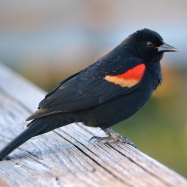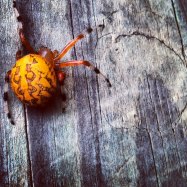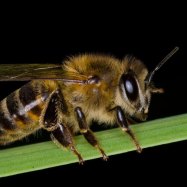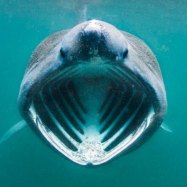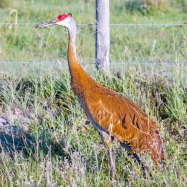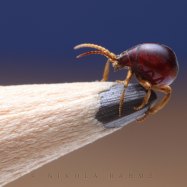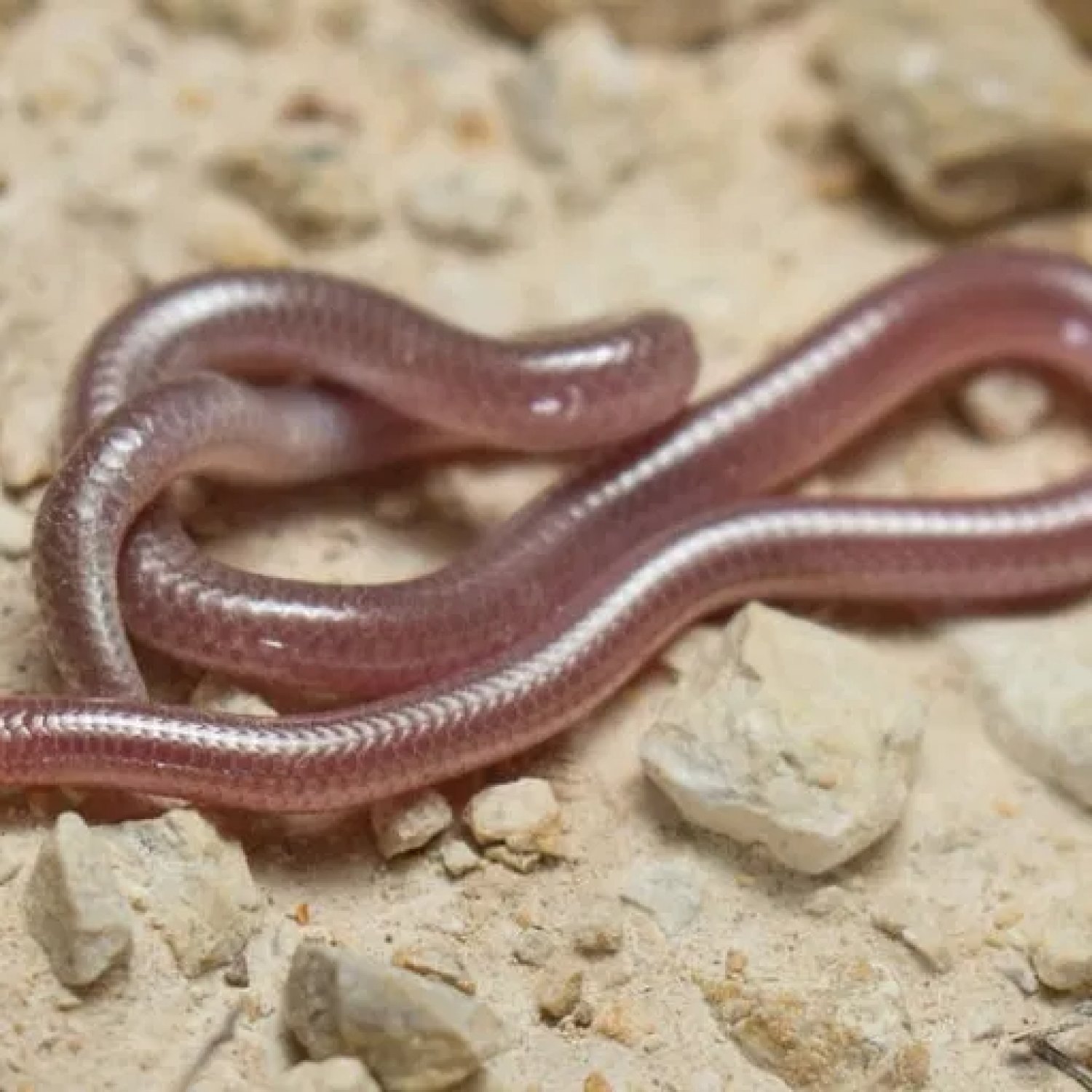
Texas Blind Snake
15-30 cm
The Texas Blind Snake, ranging from 15-30 cm in length, can be found in Texas, New Mexico, and Oklahoma. Its unique body shape, cylindrical and slender, makes it easy for them to burrow and thrive in underground habitats. Belonging to the family Leptotyphlopidae, these small creatures play an important role in maintaining the balance of their ecosystems. Keep an eye out for these elusive but fascinating animals!
Animal Details Summary:
Common Name: Texas Blind Snake
Kingdom: Animalia
Habitat: Deserts, grasslands, forests, and urban areas
The Amazing Texas Blind Snake: A Fascinating Creature of North America
The animal kingdom is full of diverse and fascinating creatures, each with its own unique set of traits and features. Among the many species of reptiles found in North America, the Texas Blind Snake stands out as a particularly intriguing species. With its scientific name Leptotyphlops dulcis and its common name, Texas Blind Snake, this creature has captured the curiosity of humans for centuries.The Taxonomic Classification of Texas Blind Snake
The Texas Blind Snake belongs to the Animalia kingdom, making it a part of the vast and diverse world of animals Texas Blind Snake. As a member of the Chordata phylum, this species shares characteristics such as having a notochord and a well-developed central nervous system. Moving further down the taxonomic hierarchy, the Texas Blind Snake belongs to the Reptilia class, which includes cold-blooded animals that lay eggs and have scaly skin.Belonging to the Squamata order, the Texas Blind Snake bears more resemblance to lizards and snakes than to other reptiles such as turtles and crocodiles. And finally, within the Squamata order, this species is a part of the Leptotyphlopidae family. Leptotyphlopidae is the family of blind snakes, which are characterized by their small size and subterranean lifestyle.
The Natural Habitat of Texas Blind Snake
The Texas Blind Snake is found in various parts of North America, including the United States and Mexico. It is mostly found in the southern region of the United States, particularly in Texas, New Mexico, and Oklahoma. This species has the ability to thrive in a wide range of environments, including deserts, grasslands, forests, and even urban areas. However, they are most commonly found in areas with loose and sandy soil, which is ideal for burrowing Tuna.Feeding Habits of Texas Blind Snake
Being a reptile, the Texas Blind Snake is cold-blooded and relies on its environment to regulate its body temperature. This is why they are most active during the warmer months of the year and hibernate during the colder months. In terms of feeding, these creatures are insectivorous, meaning they primarily feed on insects such as ants, termites, and other small bugs. They use their sharp sense of smell to detect their prey, and their specialized skull allows them to swallow their prey whole.The Physical Appearance of Texas Blind Snake
One of the most distinctive features of the Texas Blind Snake is its pale pink or brown coloration. This coloration helps them blend in with their surroundings and remain hidden from predators. It also gives them a rather unique appearance compared to other species of snakes, which are mostly known for their bright and vibrant colors. Their body shape is cylindrical and slender, allowing them to easily move through narrow spaces and burrow underground. On average, they measure around 15-30 cm in length, making them one of the smallest snakes in North America.The Role of Texas Blind Snake in the Ecosystem
Every species plays a crucial role in the balance of our ecosystem, and the Texas Blind Snake is no exception. As insectivores, they help control the population of insects in their habitat, preventing them from becoming a nuisance or causing damage to crops and plants. In turn, this also benefits other animals that rely on insects as a food source. Additionally, their burrowing behavior contributes to soil aeration, which leads to better drainage and nutrient circulation in the soil.The Life Cycle of Texas Blind Snake
Like other reptiles, the Texas Blind Snake lays eggs in order to reproduce. The female snake can lay up to six eggs at a time, which she will protect until they hatch. Interestingly, the Texas Blind Snake does not lay its eggs in nests or burrows like other snakes; instead, they lay their eggs just below the surface of the soil. This unique behavior helps to protect the eggs from predators and allows the newborn snakes to easily emerge from the soil.Once hatched, the newborns resemble miniature versions of the adult Texas Blind Snake and are fully independent. They grow quickly and reach sexual maturity within a year, and can live anywhere from 5-10 years in the wild.
The Threats and Conservation Status of Texas Blind Snake
Despite their unique and fascinating qualities, the Texas Blind Snake faces several threats in its natural habitat. The destruction of their natural habitat due to urbanization, agriculture, and construction poses a significant threat to their survival. Urban areas also bring the risk of being run over by vehicles and injured by mowing equipment.As a relatively small and docile species, they are also at risk of predation by larger animals such as birds of prey, larger snakes, and mammals. The use of pesticides and other harmful chemicals in their habitat also affects their population, as it not only kills their prey but also poisons the soil and their water sources.
Therefore, it is essential to conserve the natural habitats of these creatures and raise awareness about their importance in maintaining the balance of our ecosystems. The Texas Blind Snake is currently listed as a species of least concern on the IUCN Red List, but their population is decreasing, making it crucial to take measures to protect their population.
The Fascinating World of Texas Blind Snake: A Summary
The Texas Blind Snake is a remarkable species that has adapted to survive in a wide range of environments. With their unique physical and behavioral characteristics, they have piqued the interest of many researchers and nature enthusiasts. Although their small size and elusive nature make them a difficult species to spot in the wild, they play a crucial role in maintaining the balance of our ecosystem. It is our responsibility to protect and conserve their habitats to ensure their survival and to continue to unravel the mysteries of this fascinating creature.

Texas Blind Snake
Animal Details Texas Blind Snake - Scientific Name: Leptotyphlops dulcis
- Category: Animals T
- Scientific Name: Leptotyphlops dulcis
- Common Name: Texas Blind Snake
- Kingdom: Animalia
- Phylum: Chordata
- Class: Reptilia
- Order: Squamata
- Family: Leptotyphlopidae
- Habitat: Deserts, grasslands, forests, and urban areas
- Feeding Method: Insectivorous
- Geographical Distribution: North America
- Country of Origin: United States and Mexico
- Location: Texas, New Mexico, and Oklahoma
- Animal Coloration: Pale pink or brown
- Body Shape: Cylindrical and slender
- Length: 15-30 cm
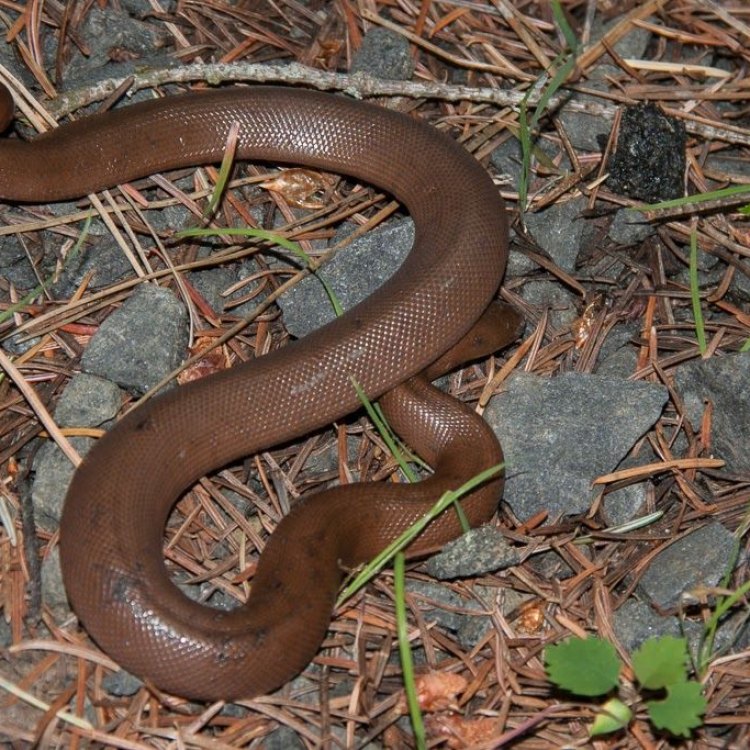
Texas Blind Snake
- Adult Size: 30 cm
- Average Lifespan: 5-10 years
- Reproduction: Egg-laying
- Reproductive Behavior: Mating occurs during the spring
- Sound or Call: No known vocalizations
- Migration Pattern: Resident species, with no known migration patterns
- Social Groups: Solitary
- Behavior: Burrows underground and is most active at night
- Threats: Habitat destruction and fragmentation
- Conservation Status: Least Concern
- Impact on Ecosystem: Important role in controlling pest populations
- Human Use: Not used for any commercial or economic purposes
- Distinctive Features: Blind with tiny eyes and smooth scales
- Interesting Facts: They are completely harmless and rarely encountered due to their secretive nature
- Predator: Birds of prey, snakes, and small mammals
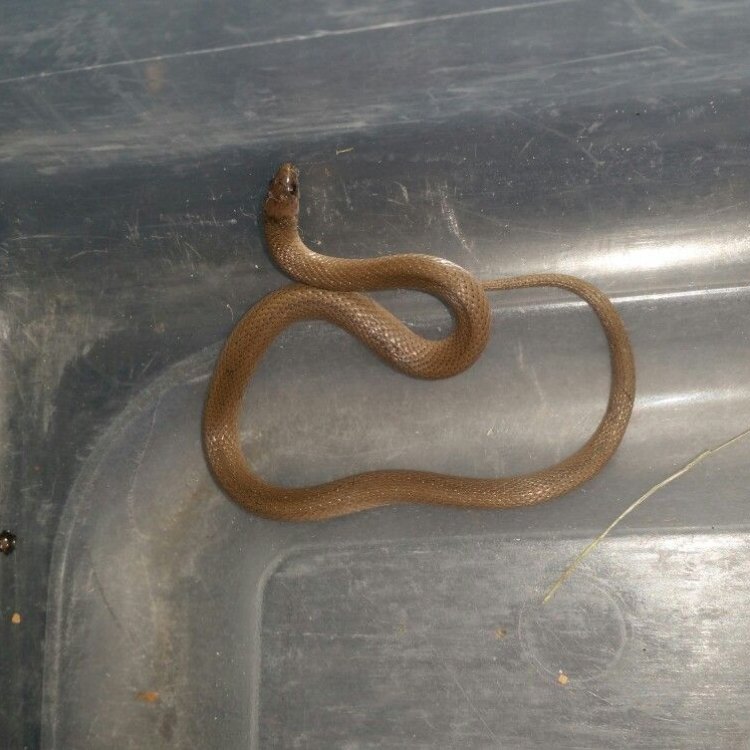
Leptotyphlops dulcis
The Secretive and Significant Texas Blind Snake: A Buried Treasure in the Lone Star State
Deep in the heart of Texas, hidden beneath the surface of the earth, lives a unique and mysterious creature known as the Texas Blind Snake. With its small size, secretive nature, and important role in its ecosystem, this species may not be well known or immediately appreciated by many, but it is a fascinating and valuable part of the Lone Star State's natural heritage.At only 30 cm in length, the Texas Blind Snake may not catch the eye of many, but its inconspicuous appearance belies its importance and intriguing characteristics. In this article, we will dive deep into the world of the Texas Blind Snake, exploring its physical features, behaviors, and role in the environment PeaceOfAnimals.Com.
Physical Features: Blind and Smooth
The most distinctive feature of the Texas Blind Snake is right in its name - it is completely blind. Its eyes are tiny and barely visible, located under its scales, and are used only for light detection. This is because the Texas Blind Snake spends the majority of its life underground, burrowing through loose soil and leaf litter.
In addition to its lack of sight, the Texas Blind Snake also has smooth scales, unlike most other snakes which have ridged or keeled scales. This is because the scales of this species are not meant for gripping or movement on the surface. Instead, they serve as a protective barrier against the rough underground environment in which the snake spends most of its time.
Reproduction: A Springtime Affair
The Texas Blind Snake is an egg-laying species, and mating occurs during the spring season. These secretive snakes are solitary creatures, so the exact mating behaviors are not well documented. However, it is believed that males may engage in combat for the opportunity to mate with a female Tuatara.
Once fertilized, the female will lay and bury her eggs in a hidden location, such as under rocks or logs. The eggs will then hatch in about two months, and the young snakes, which are about 8 cm in length, will live underground for the rest of their lives.
Behavior: Nighttime Pioneers
Being underground dwellers, the Texas Blind Snake is most active at night when it explores and hunts for food. Its diet consists mainly of ants, termites, and other small soil-dwelling invertebrates. This makes them an essential species for controlling pest populations, making them valuable for both their ecosystem and humans.
Another interesting behavior of the Texas Blind Snake is its ability to burrow and create tunnels in the ground. These tunnels can be up to 20 cm deep and are often used as shelter and protection from predators and extreme weather conditions.
Threats to Survival: Habitat Destruction and Fragmentation
Like many other species, the Texas Blind Snake faces threats to its survival due to human activities. Habitat destruction and fragmentation, primarily caused by land development and agriculture, can disrupt the underground ecosystems that this species relies on for food and shelter.
Additionally, pesticide use can also harm the Texas Blind Snake, as it relies on insects for its diet and can be impacted by the chemicals used to control them. This is why it's essential to consider the potential impacts on all species when using pesticides and other chemicals in the environment.
Conservation Status: Least Concern
Despite these threats, the Texas Blind Snake is currently listed as Least Concern on the IUCN Red List of Threatened Species. This means that it is not considered at risk of extinction at this time. However, continued monitoring of its population and habitat is crucial to ensure its long-term survival.
Impact on the Ecosystem: An Important Link in the Chain
The Texas Blind Snake may not have the flashy appearance of other popular species, but it plays a critical role in its ecosystem. As mentioned before, these blind snakes are important for controlling pest populations in the soil, making them a vital link in the food chain.
Without the Texas Blind Snake, there could be an imbalance in the number of insects and other invertebrates in the soil, which could have cascading effects and disrupt the entire ecosystem. This is why protecting and preserving this species is crucial for maintaining a healthy and diverse environment in Texas.
Interesting Facts: A Diamond in the Rough
Besides its unique physical features and behaviors, the Texas Blind Snake has many other interesting facts that make it a true hidden gem in the animal kingdom. For example, this species is parthenogenetic, meaning a female can reproduce without a male's genetic contribution. This adaptation allows them to thrive in areas where males may be scarce.
Another fun fact is that the Texas Blind Snake is completely harmless to humans. Despite its name and association with snakes, it does not pose any threat or danger to people. This is partly due to its non-venomous nature and mostly because it rarely encounters humans due to its secretive lifestyle.
Predators: A Dangerous Game of Cat and Mouse
Although the Texas Blind Snake is not a predator itself, it does have some natural enemies. Birds of prey, snakes, and small mammals, such as shrews and moles, are known to hunt and feed on these blind snakes. However, their elusive nature and ability to burrow underground makes them a challenging prey to catch.
Human Use and Conservation Efforts
Unfortunately, the Texas Blind Snake is not used for any commercial or economic purposes. Its secretive nature and small size make it unsuitable for human consumption or any other use. However, efforts are being made to protect and conserve this species.
Organizations such as the Texas Parks and Wildlife Department are working to educate the public on the importance of this species and the threats they face. Additionally, land management practices, such as preserving natural habitat and avoiding the use of harmful chemicals, can also benefit the Texas Blind Snake and its ecosystem.
In Conclusion
The Texas Blind Snake may not be the most well-known or celebrated species, but it is undoubtedly a significant and interesting one. With its blind and smooth appearance, secretive behavior, and crucial role in its ecosystem, this species is a treasure buried beneath the surface of the Lone Star State. By understanding and appreciating the unique features and contributions of the Texas Blind Snake, we can continue to protect and conserve this valuable species for future generations.
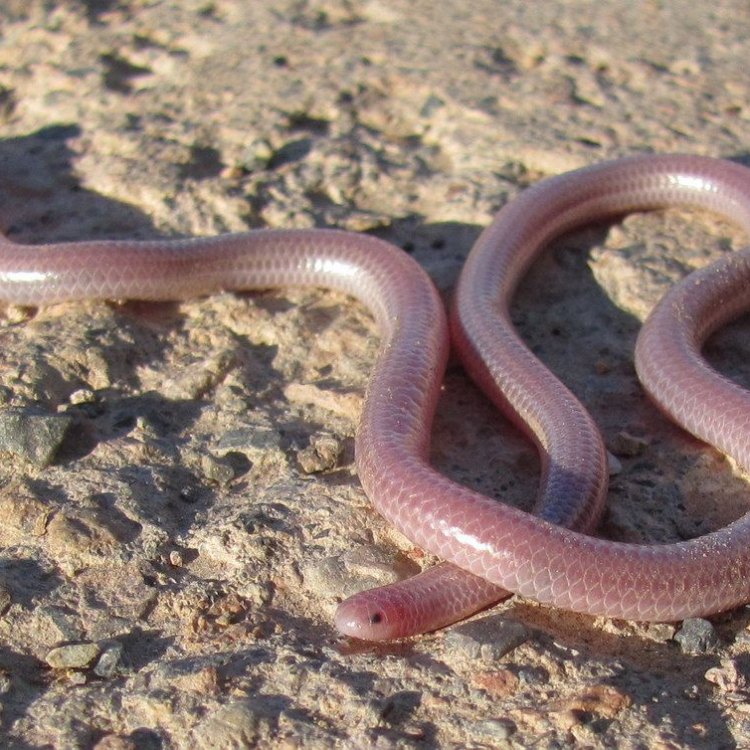
The Amazing Texas Blind Snake: A Fascinating Creature of North America
Disclaimer: The content provided is for informational purposes only. We cannot guarantee the accuracy of the information on this page 100%. All information provided here may change without prior notice.

